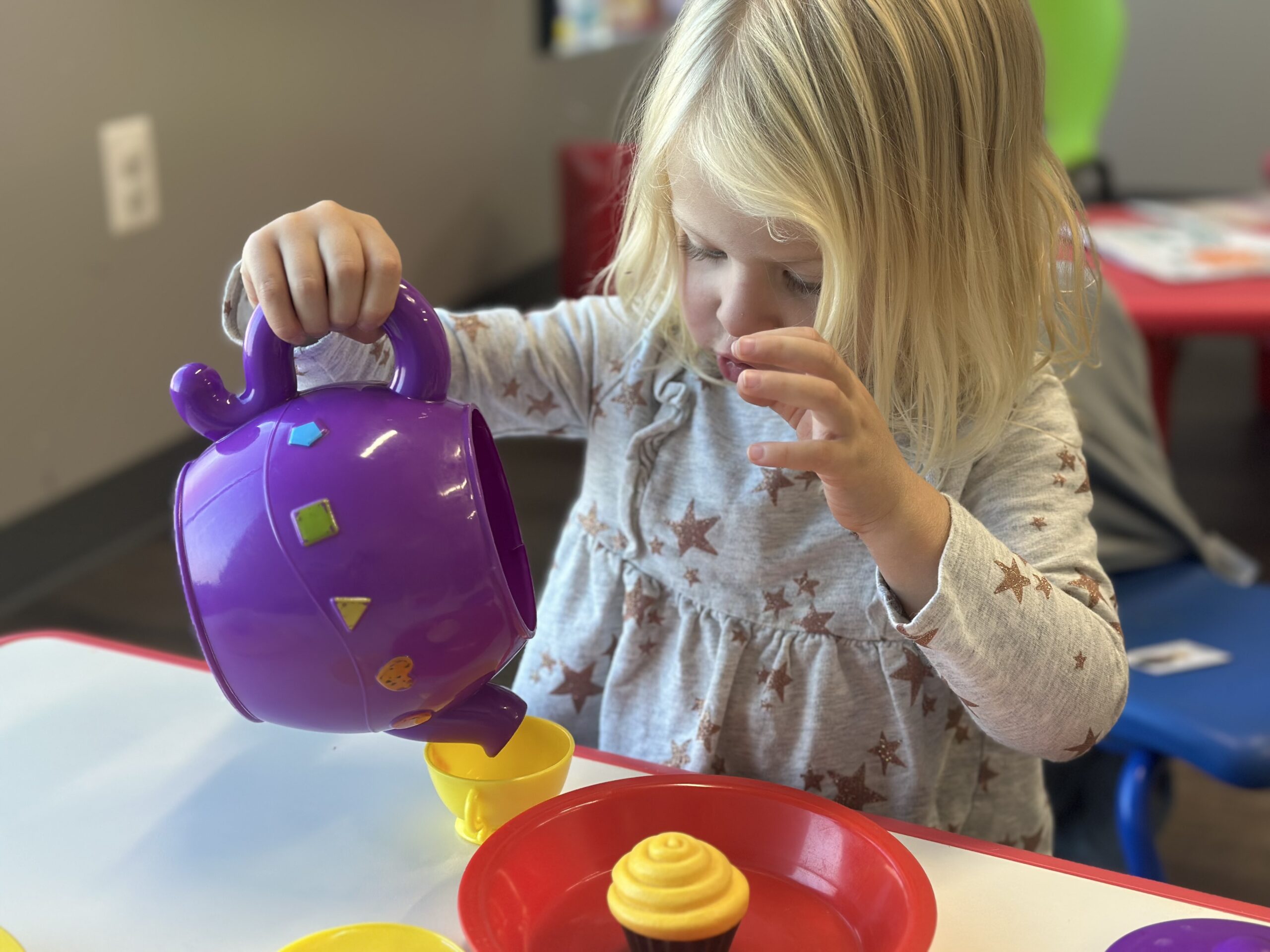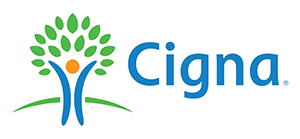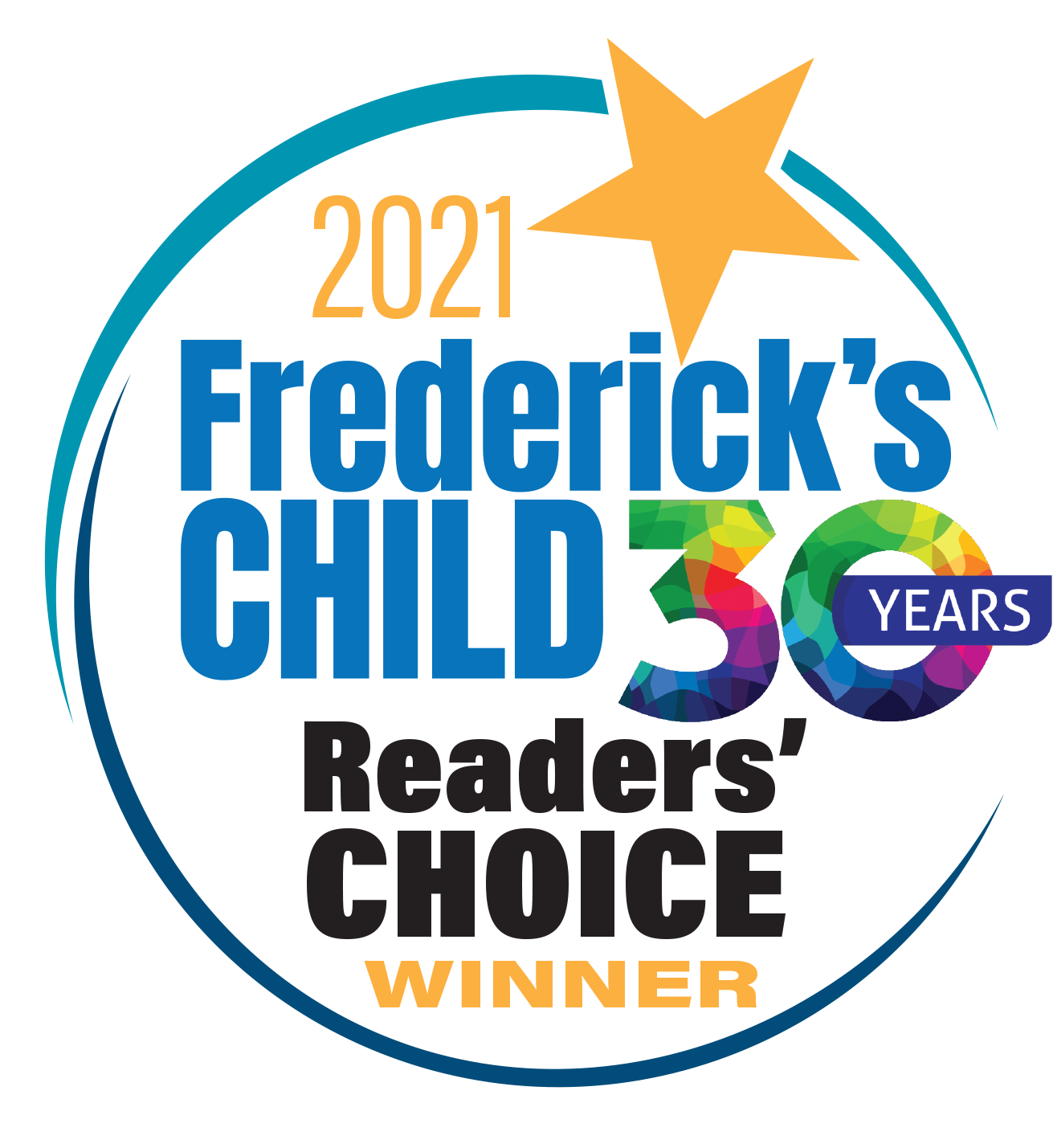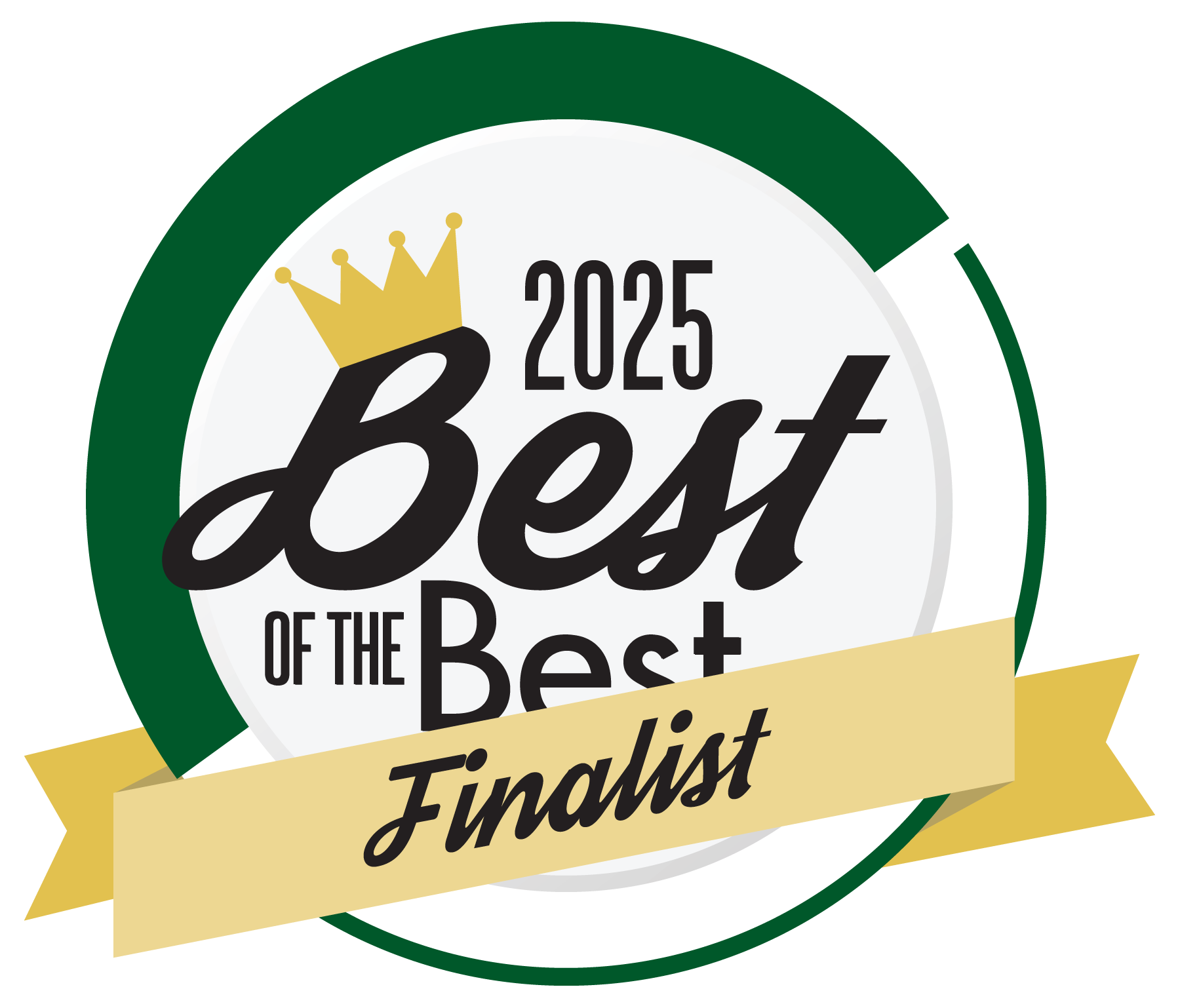
How much time have you spent in the toy aisle comparing age labels? Maybe you were excited to get your two-year-old a toy only to find it was recommended for children ages five and up. Conversely, maybe you laughed at the “5+” label and said, “Pshh! My three-year-old would love this!” The truth is, developmental toys can be used by a wide range of ages.
These labels are based on a generalization of the stages of child development. While they generally provide a good ballpark estimate, a single number can’t possibly account for the vast range of capacities out there. Some learn fast, while others take a bit more time to grasp certain concepts. And that’s to say nothing of the various learning styles and limitations that can exist within young minds.
Today, we’re going to discuss why selecting toys by age alone can be detrimental, and how to make other considerations when choosing for your child (regardless of whether they fall within the recommended range).
Understanding What Age Labels Really Mean
Many parents (understandably) assume that an age label is meant to tell them what their child should and shouldn’t be playing with. In reality, it’s more based upon safety and usability. The manufacturers of these toys base the labels heavily on whether they’re safe, and of course, that safety is dependent on age.
For example, small parts can be choking hazards for small children who tend to put things in their mouth. However, these same small parts are perfectly fine to be used by an older child who is past that stage.
Let’s take a look at a toy designated for “Ages 3+.” It’s the appropriate size for a three-year-old, and it lacks small parts that could pose a choking hazard. That’s how it got the “3+” designation. However, this doesn’t mean every three-year-old will be developmentally ready to play with it. Like we mentioned before, some children take more time than others.
In short, age labels are more about safety than cognitive, social, or motor skills. Keep that in mind when shopping for your little one!
Why Developmental Readiness Matters More Than Age
Let’s say two children were born on the exact same day. Maybe they were even born within minutes or seconds of each other. Does that mean they will develop and flourish at the exact same rate? Will they hit the same milestones at the same time? Of course not. One five-year-old may be building believable spaceships with Legos and writing full letters to his friends, while another could still be mastering pencil grips. The beautiful part of that disparity is that both children are on-track!
So if you want to get a toy for your child, don’t ask yourself if they’re appropriate from an age standpoint. Ask yourself if they’re ready developmentally. Choose the toys that align with their current abilities (you know your child best, after all). For instance:
- A child working on fine motor skills could benefit from building with Lego Duplo bricks.
- A little one expanding her language skills could get a big boost from toys that encourage talking and telling stories.
- Those working on problem-solving will enjoy simple puzzles or toys based around cause and effect, like a wind-up car.
How to Match Toys to Your Child’s Current Abilities
We know you want to get the perfect toy for your child, one they will love to play with and also benefit developmentally from. We also know making that selection is easier said than done.
Here are a few tips:
- Pay attention to their interests. A child learns best when they’re motivated by interest and curiosity!
- Look for open-ended toys. Playdough, art materials, and even blocks can adapt to children’s skills as they grow.
- Look for signs that they need more challenging toys. If you notice your child completing tasks too easily, it’s time to increase the challenge. For example, if he is completing a 12-piece puzzle within a minute or two, it may be time to move to a 24-piece puzzle.
- Mix it up. Various skills are honed when you present your child with a variety of play options. Try to select toys that encourage coordination, problem-solving, and imagination.
Signs a Toy Is Supporting (or Hindering) Growth
Developmental toys keep your child curious and engaged, but how do you tell if that’s happening? Look for these signs:
- Your child tests new ways to interact with the toy or solve a problem presented in an activity.
- The toy keeps their focus for long periods of time or they frequently return to the toy.
- Their playtime is filled with imagination, communication, and cooperation with others they may be playing with.
Conversely, you should be on the lookout for developmental toys that aren’t the right fit. This may be the case if:
- Your child loses interest quickly.
- They get frustrated with the toy and begin to avoid playing with it.
- They aren’t encouraged to explore or experiment with the toy.
The Role of Play in Ongoing Development
Play is fun for children. There’s no doubt about that. But it can be so much more! When a child’s playtime is filled with imagination, experimentation, communication, and collaboration, their development is getting a huge boost!
Because there are several stages of child development, their interests and preferences will change. This is reflected in their play, so rotating toys or ramping up challenges can keep playtime fresh and exciting.
Need More Guidance on Developmental Toys?
Selecting toys by age can be beneficial, but only to a point. The real determining factor should be your child’s developmental level. When you make toy selections based on their unique pace, interests, and abilities, you’re maximizing their engagement and doing wonders for their development.
If you have any questions about what developmental toys to get for your child, we’re happy to give some recommendations. Here’s to nurturing your child’s imagination and helping them become the best they can be!









